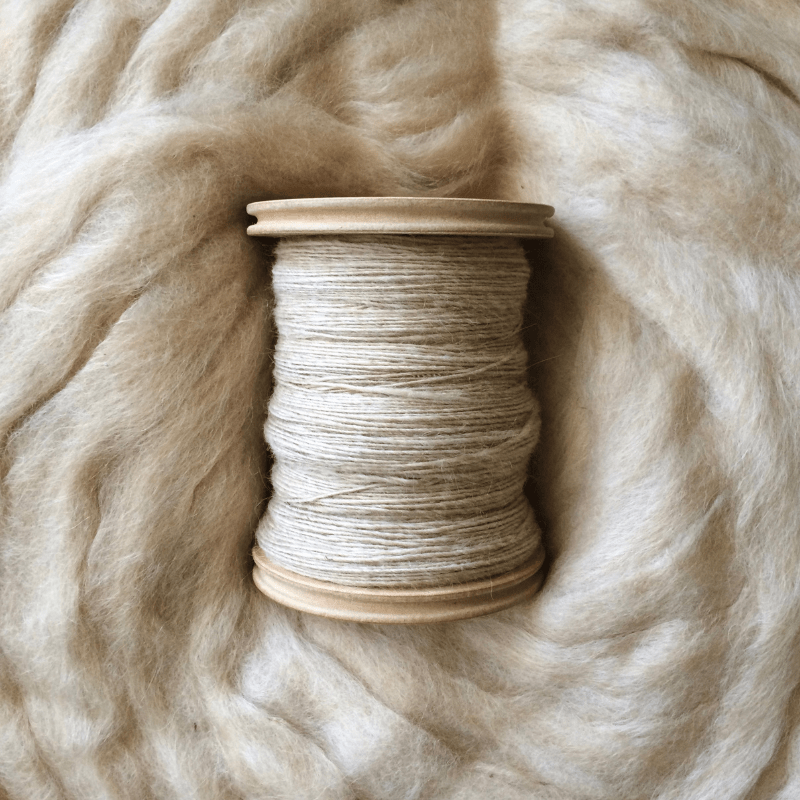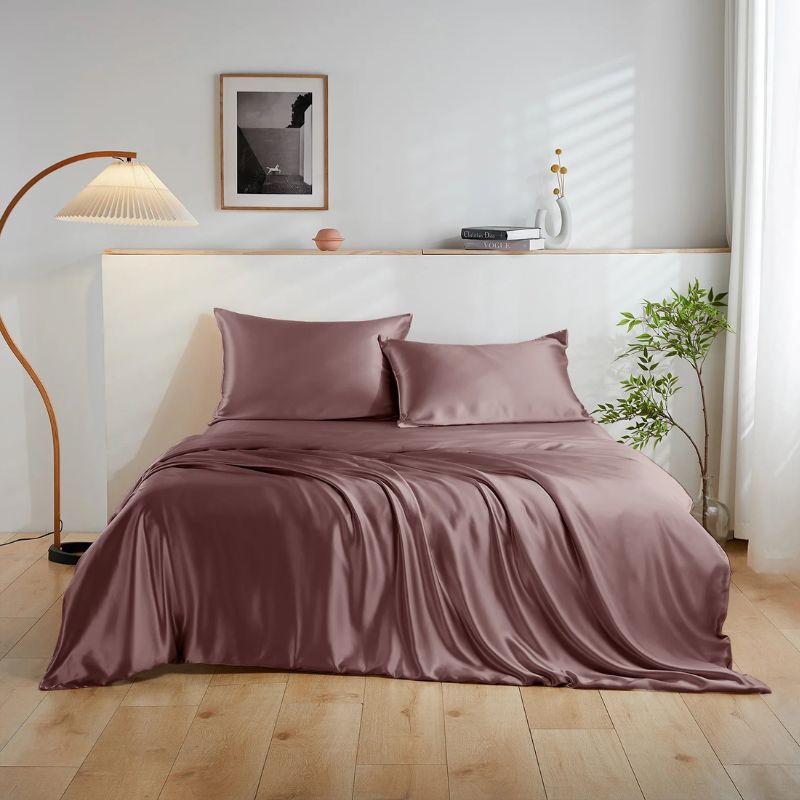
Best Silk Pillowcases for Hair & Skin in 2025 — Our Year-End Review
In 2025, silk pillowcases continued to be a favorite in beauty and skincare circles. They help reduce frizz, protect curls, minimize sleep creases, and improve overall sleep quality. As the...










